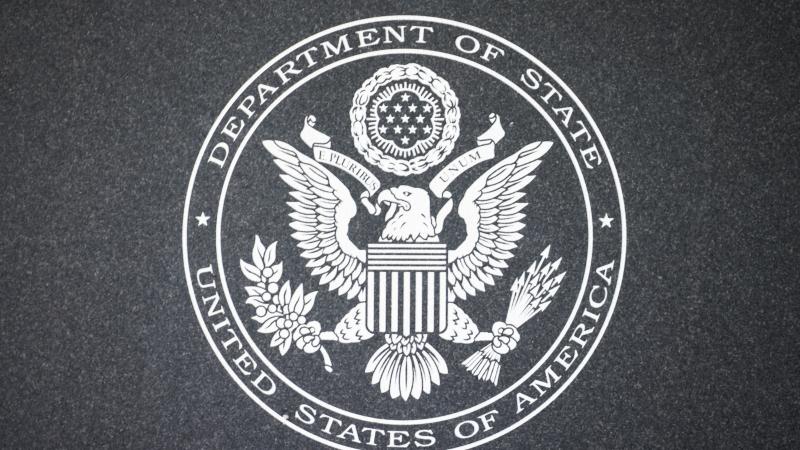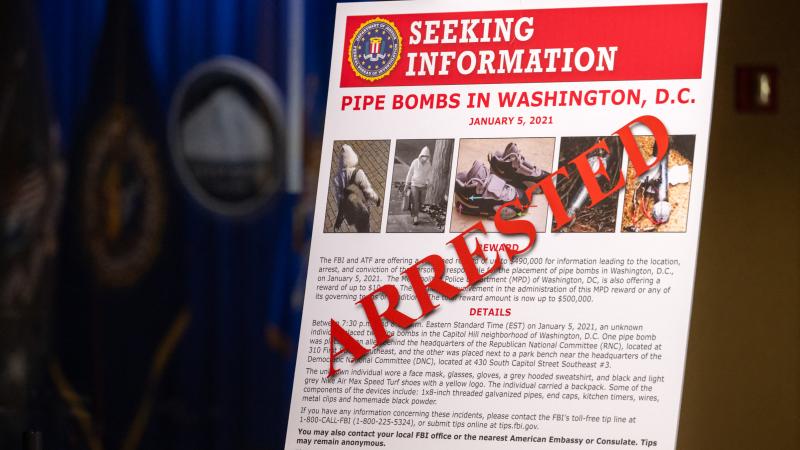EPA spends $21B, puts drinking water standards on forever chemicals
The EPA said extensive research and science led to the ruling. It considered how PFAS affects public health, conversations and decisions included the water sector and state regulators, and effective implementation was part of the discussion.
Legally enforceable drinking water standards related to what are commonly known as forever chemicals have been given by the U.S. Environmental Protection Agency.
The EPA made the announcement Wednesday, with Administrator Michael Regan in Fayetteville, N.C., near the source of contamination to a river that supplies drinking water downstream to about 1 million of the state’s 10.8 million population.
It comes with a taxpayer investment of $21 billion Regan said is made possible by the $1.2 trillion Infrastructure Investment and Jobs Act of 2021. PFAS, the acronym for per- and polyfluoroalkyl substances, are widely used, long lasting chemicals, components of which break down very slowly over time.
The EPA said $1 billion “in newly available funding” is to help states and territories implement PFAS testing and treatment at public water systems and to help owners of private wells address PFAS contamination. That sum is part of a $9 billion investment helping communities impacted by PFAS and other emerging contaminants. Another $12 billion is for general drinking water improvements, “including addressing emerging contaminants like PFAS.”
“Drinking water contaminated with PFAS has plagued communities across this country for too long,” Regan said. “Our PFAS Strategic Roadmap marshals the full breadth of EPA’s authority and resources to protect people from these harmful forever chemicals. Today, I am proud to finalize this critical piece of our Roadmap, and in doing so, save thousands of lives and help ensure our children grow up healthier.”
While the EPA says there is a standard, details it lists says it is “setting a maximum contaminant level goal, a non-enforceable health-based goal, at zero. This reflects the latest science showing that there is no level of exposure to these contaminants without risk of health impacts, including certain cancers.”
The maximum contaminant level is 4 parts per trillion for PFOA and PFOS, individually. For PFNA, PFHxS and GenX chemicals, the goal and the standard are each set at 10 parts per trillion. The EPA also set a limit for any mixture of two or more from the PFNA, PFHxS, PFBS and GenX chemicals.
To understand the acronyms, PFOA is perfluorooctanoic acid; PFOS is perfluorooctane sulfonic acid; PFNA is perfluorononanoic acid; PFHxS is perfluorohexane sulfonate; and PFBS is perfluorobutane sulfonic acid.
The EPA said extensive research and science led to the ruling. It considered how PFAS affects public health, conversations and decisions included the water sector and state regulators, and effective implementation was part of the discussion.
More than 120,000 comments were offered on the proposed rule in the process.
















